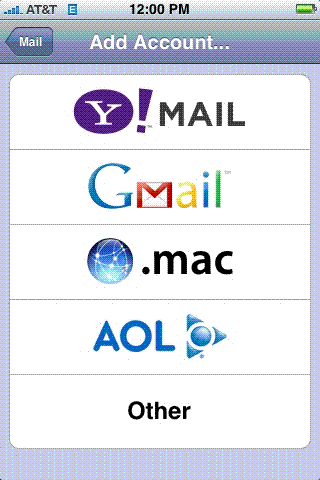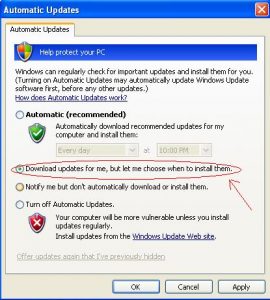Minister Seán Sherlock has proposed a new law which is best explained here. It will be enacted by a single stroke of his pen.
Why are we opposed to this law?
- It is vague in the extreme. There are no details of what is considered a transgression. It isn’t clear if the site targeted will even be informed of the proceedings.
- The mere threat that allowing a user to post content could land the service in court will ensure that no service allows it. The implications are no more social media for Ireland, who the hell is going to take that risk?? This scares us greatly but will TERRIFY the likes of Google, Twitter, Facebook. Of course we have to stay here and live with it. They and their thousands of jobs, don’t.
- Its not fair. This is akin to letting Bank of Ireland take proceedings against the National Toll Roads Ltd when a getaway-driver uses the M50. Pretty soon, no one will want to build roads.
- It kills innovation and scares away foreign investment. Boards might have the clout and money to fight some of these injunctions. Smaller operators simply won’t.
- This wont even work. This will take the pirates 10 minutes to circumvent and I can demonstrate that easily if anyone wants to see.
How you can help sign the petition against this http://stopsopaireland.com/



